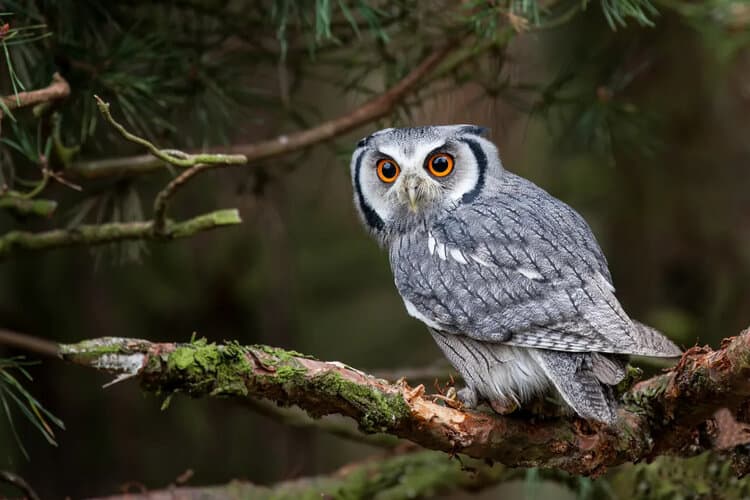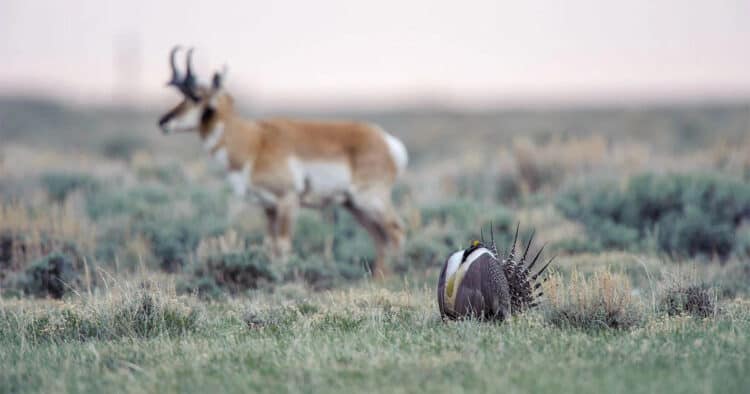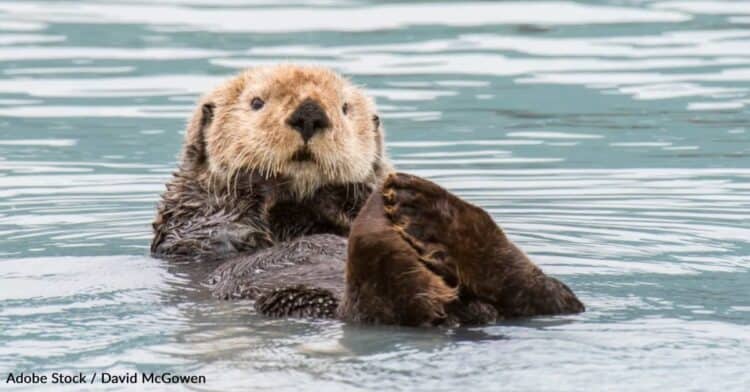Owls are one of the more iconic bird species. They have for centuries been used as a symbol of wisdom. More recently, they have become a familiar, cartoonish image on home décor items ranging from wallpaper to pillowcases to figurines. And, ever the crafty, silent assassin of night, owls are renowned for their ability to hunt.
It’s not like we don’t know other things about owls. Most folks know that owls can spin their heads ghoulishly, far beyond our abilities.
In reality, they can turn their heads 270 degrees, not a full 360 as often believed.
Owls see spectacularly in the dark. However, their vision is only straight ahead, with no peripheral, which is why they have to turn their heads so convincingly.
Some lesser-known facts are that owls live on all continents but Antarctica, that they are resistant to training despite their legendary intelligence, and that they swallow their prey whole.
And, to the point, they are extraordinarily important to the ecosystems in which they live. They are typically a keystone species.
Pest Control
What makes a keystone species is that it is an animal that hunts in a way that controls other animal populations. Owls are most certainly this. They are deft, silent hunters that feed primarily on rodents. Barn owls are said to eat 1,000 mice a year! They also eat insects like grasshoppers which can easily overpopulate an area.
Owls have both amazing vision and incredible hearing to help them locate prey. They also have special feathers that help them fly inaudibly so that prey cannot hear them but they can hear the prey. They can even hear mice moving around under a foot of snow.
Night Watch
Most other birds of prey, such as hawks and eagles, hunt during the day. Owls take the nightshift, helping to watch out for those rodents that prefer to scurry around at night. This contribution to the overall maintenance of nocturnal forest animals is a huge ecological role that owls play.
In other words, they are doing what many other birds and predators cannot do by doing their hunting at night.
Indicator Species
As keystones in the ecosystem, owls are very useful to scientists trying to help the environment. The owl population helps to determine the overall health of the surrounding ecosystem. This includes both animal populations and the health of forest trees or prairie grasses.
If owls are suffering, it’s a good indication that something is not right. This is very useful when getting acquainted with new locations. In general, these are species higher in the food chain as they require healthy ecosystems to have enough prey. They also need adequate nesting sites.
Biodiversity
Worldwide, there are over 200 species of owls. They are divided into two families: the true owls (Strigidae) and the barn owls (Tytonidae). With so many different owls of different sizes and different habits, they are part of and help to maintain a wonderfully biodiverse world. Each type of owl deserves appreciation.
About 19 species live in the United States, ranging in size from the Great Gray Owl (over two feet tall with a five-foot wingspan) to the Elf Owl (less than six inches tall with a wingspan under a foot). The great gray owl is the largest in the world and lives in the colder areas of North America, Europe, and Asia. The elf owl is the smallest in the world, and it lives in the Southwestern US and Mexico.
Human Check
Unfortunately, certain owl populations have been struggling in the last century due to things like habitat loss and agrochemicals, as well as Climate change for species like the snowy owl. Owls are typically viewed as human allies, helping with pests and even protecting crops.
In other words, if humans are harming owls, then we are doing something wrong. Burrowing owls, which dig nests in the ground or build nests in abandoned rodent holes have been severely affected in the US.
By showing us that humans are damaging the environment and injuring our allies, they hopefully inspired us to take better care of the ecosystems in which we are living.
Owls are magnificent animals. They are carved (literally sometimes) into cultures around the world. They are prize spots for birders. Their calls are amazing to recognize in the dead of night. In short, they play important roles in the ecosystem, sure, but they are also just wonderful creatures to have around. Owls rule.
This article by Jonathon Engels was first published by OneGreenPlanet on 9 July 2023.
What you can do
Support ‘Fighting for Wildlife’ by donating as little as $1 – It only takes a minute. Thank you.
Fighting for Wildlife supports approved wildlife conservation organizations, which spend at least 80 percent of the money they raise on actual fieldwork, rather than administration and fundraising. When making a donation you can designate for which type of initiative it should be used – wildlife, oceans, forests or climate.







Leave a Reply